Equipment
PING G20 PRODUCT LAUNCH–WOODS
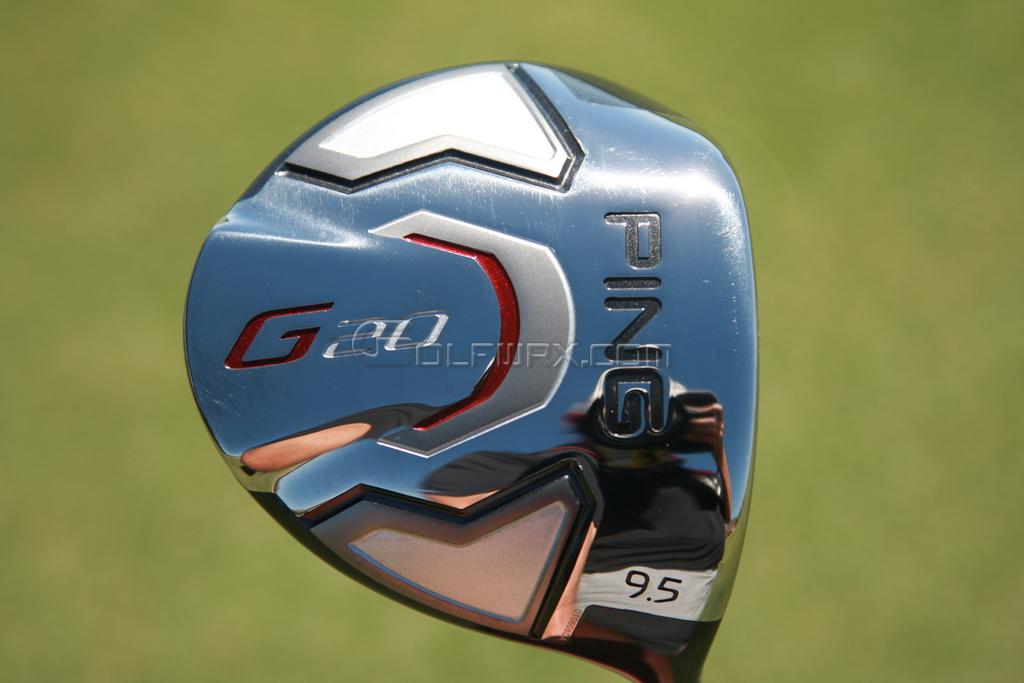
Anybody who’s been on this board for any amount of time tends to get a feel for what clubs garner the most buzz and, more importantly, what clubs live up to that hype. For the last two years PING’s G15 driver and irons have been in a class few others can claim. Recognizing this, PING followed the same formula to make improvements on an already incredible club.
Now, in the G20 series, PING decided to reemphasize the concept of having a complete set design. They wanted to do away with the idea of having a favorite club that just seems to fit your swing really well by matching the entire set to your swing. This is not a new concept, even to PING, but with the advanced technologies they have available, and their long history of designing clubs from an understanding of engineering and physics, they have matched these sets from top to bottom by examining and matching system mass, MOI about the hosel axis, CG position of the clubhead, etc., to synchronize the natural head rotation or delivery of the club. This provides fitters the flexibility to fit for trajectory and distance gapping without having to worry about having golfers adjust their swing to different clubs.
DRIVER
For the G20 Driver, PING utilized the high balance point shaft technology first employed in the G15, and took it a little further. By using a counterbalanced shaft, there were able to add more weight to the head, lighten the shaft, and keep the system mass and swingweight the same. This allowed PING to add more mass to the head which delivers more energy to the ball. The G15 added 5 grams to their standard G10 headweight and the G20 added another 2, yielding a current driver headweight of 203 grams. Testing shows that this concept adds distance and forgiveness as you're not slowing the clubhead during the swing and you're increasing inertia from the increased head mass.
In verifying this concept, PING tested clubs of otherwise same specifications, including shaft specs (swingweight, stiffness, torque, kick point, etc.), only changing the total system mass from 270, 286, and 304 grams between the three. They discovered that clubhead and ball speeds were not statistically significantly faster in any of the system weights, but distance and forgiveness were best with the heavier setup. Additionally, real world testing showed that there are benefits in having a more natural progression from your driver as per the complete set design outlined above as golfers don’t have to fight their swing going from a superlight driver to a heavier fairway or iron.
While not surprising, one point that bears mentioning deals with the G20‘s standard shaft length of 45.75 inches (and D3 swingweight). While this seems overly-long, especially to the GolfWRX membership where 45” seems to be the preference, it’s actually the standard length PING has stayed with since the TiSI. When the USGA published their standard for measuring, PING was using a 56º sole plate and measuring to the end of the ungripped shaft. When the standard of measurement required a 60º sole plate and measurement to the end of a gripped club, PING opted to change their published lengths rather than shorten what they’ve been doing. They also discovered through player testing that golfers can handle this length with no significant drawbacks on the course and without forcing golfers to fight their swing.
In the G20 driver, PING was able to lower and move weight even further back to optimize trajectory. Bubba's long because he launches 16º at 1800 RPM. And SlingMan is able to launch it even higher with lower spin to reach even farther distances–so there's still lots of distance to be gamed through trajectory optimization without even touching ball speed.
For the G20 driver, PING changed the material to Ti811 from Ti64: they are both very similar in terms of strength and elongation, but Ti811 is slightly lighter and less dense, so they can utilize more volume to mess with the thickness variances to better optimize CG and inertia. A larger head profile increases inertia, especially along the horizontal AND vertical axises and PING was able to increase the face area over the G15. The G20 is constructed from a cast body with the variable thickness sheet face. This allows to take weight away from some areas and add elsewhere and requires only one weld.
Driver testing between the G15 and G20 on PingMan and Player testing showed distance increases, and tighter dispersion across the board for swing speeds (spin rates were close between the two with some overlaps depending on several factors).
FAIRWAYS
In the G20 PING made a fairway that was easy to get up in the air through center of gravity and trajectory optimization. Made club deeper front to back to move the CG even lower and to the back. By increasing the dynamic launch angle, they were able to strengthened the standard loft of the 3 wood back to 15º. The 4 wood is same length as the 3, so it’s basically a higher lofted 3 wood. PING has found it to work even better with over 60% of golfers getting more optimal performance out of 4 wood in player testing. In fact, Bubba plays a 4 wood.
Often times, when companies make improvements, they’re usually on the smaller scale. Such is true in the vertical axis of the fairway where PING was able to improved MOI for heel-to-toe hits by 4%. HOWEVER, PING increased the MOI on the vertical axis by 25%, making it significantly more forgiving on high and low mishits. This is especially important as it seems overly easy to hit a fairway thin (just me?).
So golfers can expect less distance loss on fairway mishits in the G20, and slightly increased overall distance as the launch conditions have been optimized. Across the board, in both player and PingMan testing, the G20 fairways produced higher ball speeds because they were able to slightly lower the spin and increase the launch angle despite strengthening the standard loft resulting in longer distances…again–especially on mishits.
HYBRID
Not going to lie: this was the club I was least interested in going in, especially after seeing it was going to resemble the G15. However, after listening to the presentation and, more importantly, hitting it, it is the club I’m most excited for!
When PING designed the G15 hybrid, they took a 3 iron face profile and built around that. Taking Karsten Solheim’s original concept in incorporating offset, they were able to greatly increase launch angle without raising spin. Additionally, the design of the club increases the moment of inertia by 50% over the standard design. This provides significantly more forgiveness, tighter dispersion, and less twisting from mishits. And again, the offset increases the dynamic launch without increasing spin, especially on high and low mishits because of the high MOI, giving significantly more distance control and less variance between flushed shots and mishits.
Based on feedback of the G15, PING made adjustments in the G20 hybrid to appeal to more people. One complaint was that the club appeared too upright, especially in conjunction with the higher toe, so PING shortened the club from heel-to-toe, moving the CG in a bit, allowing them to bend the lie angle flatter by 2º. This also reduced the toe-down droop seen at higher swing speeds. Despite this move, they were able to keep the same MOI. PING also increased the versatility of the club by increasing the heel-toe sole curvature.
One point of interest is that complaints of the G20 by actual owners of that club were minimal. The voiced complaints were overwhelmingly made by people who never bothered to hit the club…myself included. At demo days, the feedback from golfers who actually hit the club was very positive. PING is hoping that the changes made will get more people to pick it up and give it a try. In test results, the G20 hybrid performed very similarly to the G15. Same goes for player testing. However, player perceptions were drastically improved.
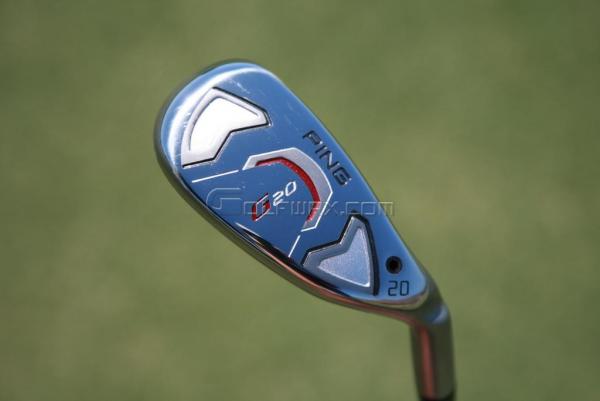
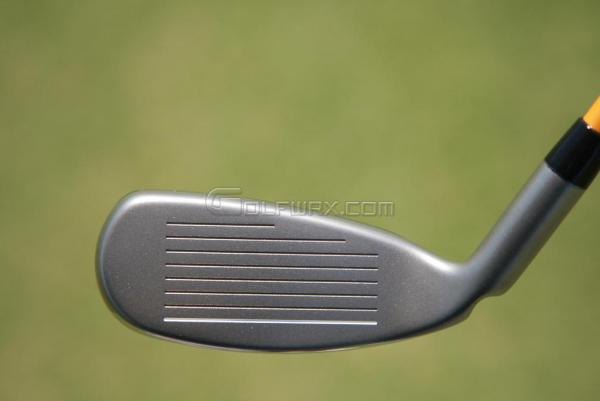

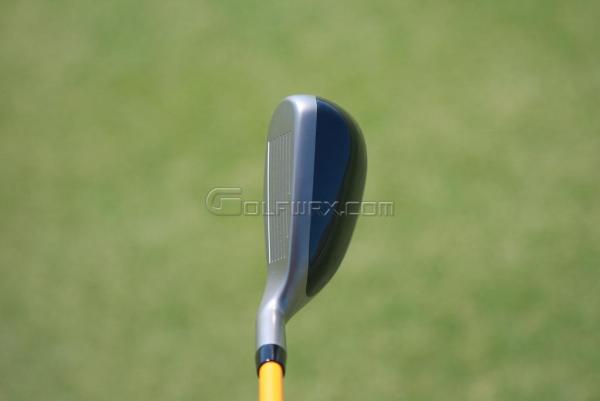
- LIKE0
- LEGIT1
- WOW0
- LOL0
- IDHT0
- FLOP0
- OB0
- SHANK1
Whats in the Bag
WITB Time Machine: Danny Willett’s winning WITB, 2016 Masters
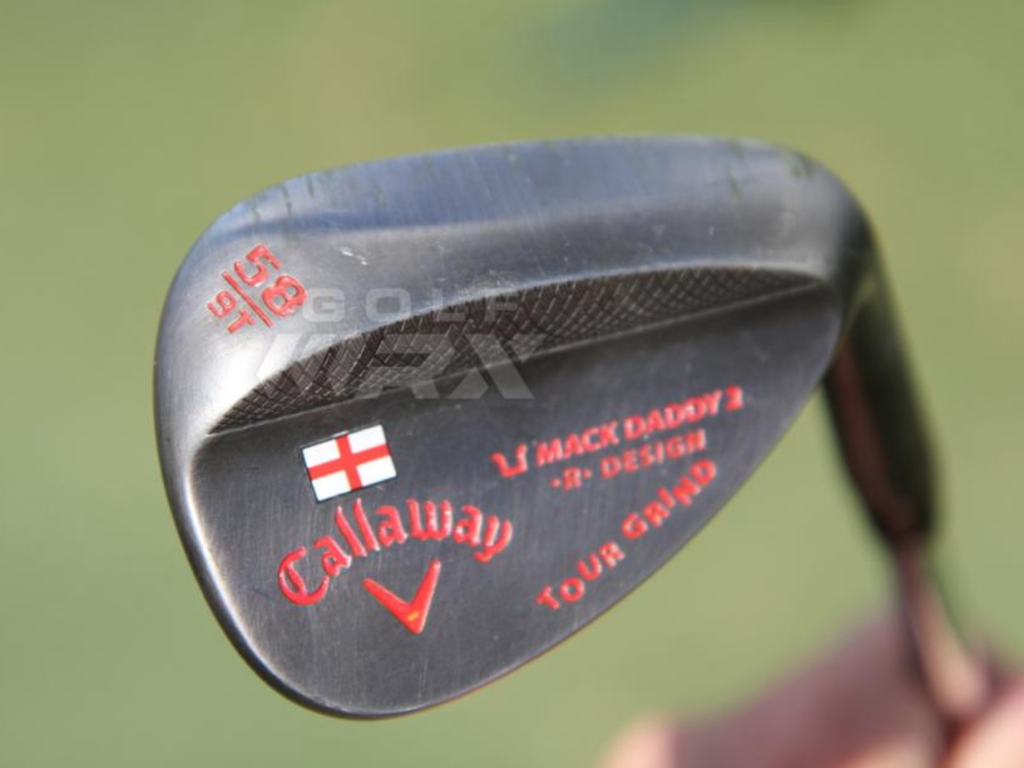
Driver: Callaway XR 16 (9 degrees)
Shaft: Mitsubishi Rayon Diamana W-Series 60 X
Length: 45.5 inches
3-wood: Callaway XR 16 (15 degrees)
Shaft: Mitsubishi Rayon Diamana W-Series 70X
5-wood: Callaway XR 16 (19 degrees)
Shaft: Mitsubishi Rayon Diamana W-Series 80X
Irons: Callaway Apex UT (2, 4), Callaway Apex Pro (5-9)
Shaft: True Temper Dynamic Gold X100 Superlite
Wedges: Callaway Mack Daddy 2 (47-11 S-Grind) Callaway Mack Daddy 2 Tour Grind (54-11, 58-9)
Shaft: True Temper Dynamic Gold X100 Superlite
Putter: Odyssey Versa #1 Wide (WBW)
Lie angle: 71 degrees
Ball: Callaway Speed Regime SR-3
Check out more photos of Willett’s equipment from 2016 here.
- LIKE4
- LEGIT0
- WOW1
- LOL0
- IDHT0
- FLOP0
- OB0
- SHANK0
Equipment
Project X Denali Blue, Black shaft Review – Club Junkie Review
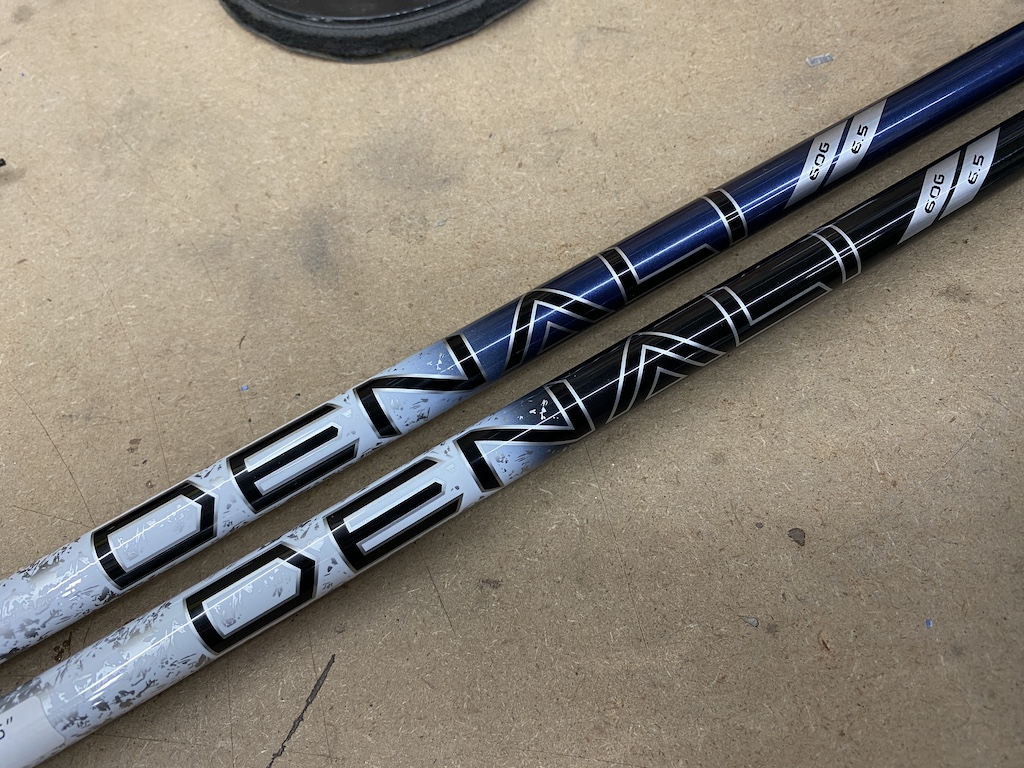
Originally, Project X was known for low-spin steel iron shafts. However, the company might now be known for wood shafts. Denali is the newest line of graphite shafts from Project X. With the Denali line, the company focuses on feel as well as performance.
There are two profiles in the Denali line, Blue and Black, to fit different launch windows. Denali Blue is the mid-launch and mid-spin profile for players who are looking for a little added launch and Denali Black is designed for low-launch and low-spin. Both models are going to offer you a smooth feel and accuracy.
For a full in-depth review check out the Club Junkie podcast on all podcast streaming platforms and on YouTube.
Project X Denali Blue
I typically fit better into mid-launch shafts, as I don’t hit a very high ball so the Denali Blue was the model I was more excited to try. Out of the box, the shaft looks great and from a distance, it is almost hard to tell the dark blue from the Denali Black. With a logo down install of the shaft, you don’t have anything to distract your eyes, just a clean look with the transition from the white and silver handle section to the dark navy mid and tip.
Out on the course, the Blue offers a very smooth feel that gives you a good kick at impact. The shaft loads easily and you can feel the slightly softer handle section compared to the HZRDUS lineup. This gives the shaft a really good feel of it loading on the transition to the downswing, and as your hands get to impact, the Denali Blue keeps going for a nice, strong kick.
Denali Blue is easy to square up at impact and even turn over to hit it straight or just little draws and most of the flex of the shaft feels like it happens right around where the paint changes from silver to blue. The Blue launches easily and produces what I consider a true mid-flight with the driver. While it is listed as mid-spin, I never noticed any type of rise in my drives. Drives that I didn’t hit perfectly were met with good stability and a ball that stayed online well.
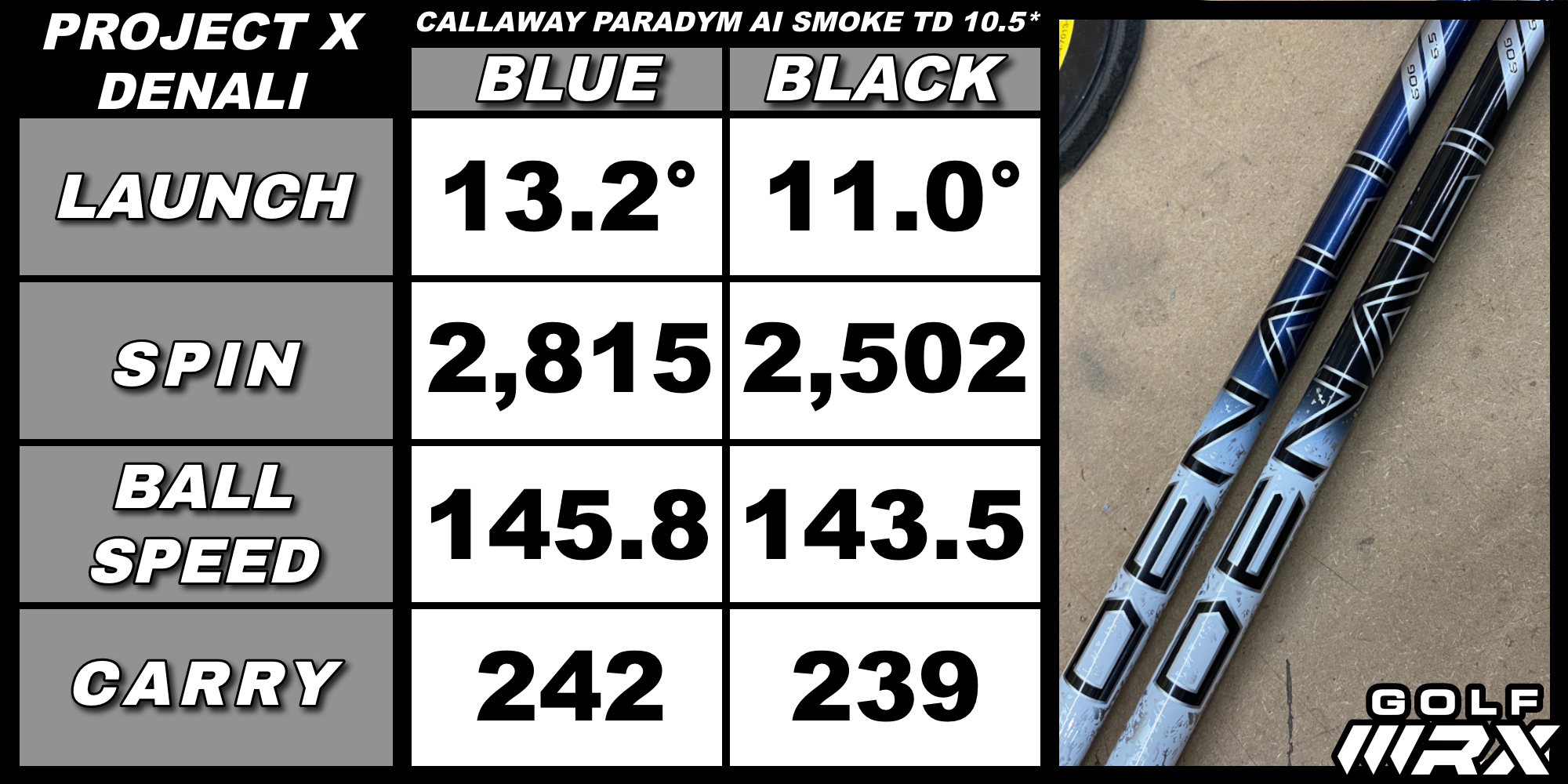
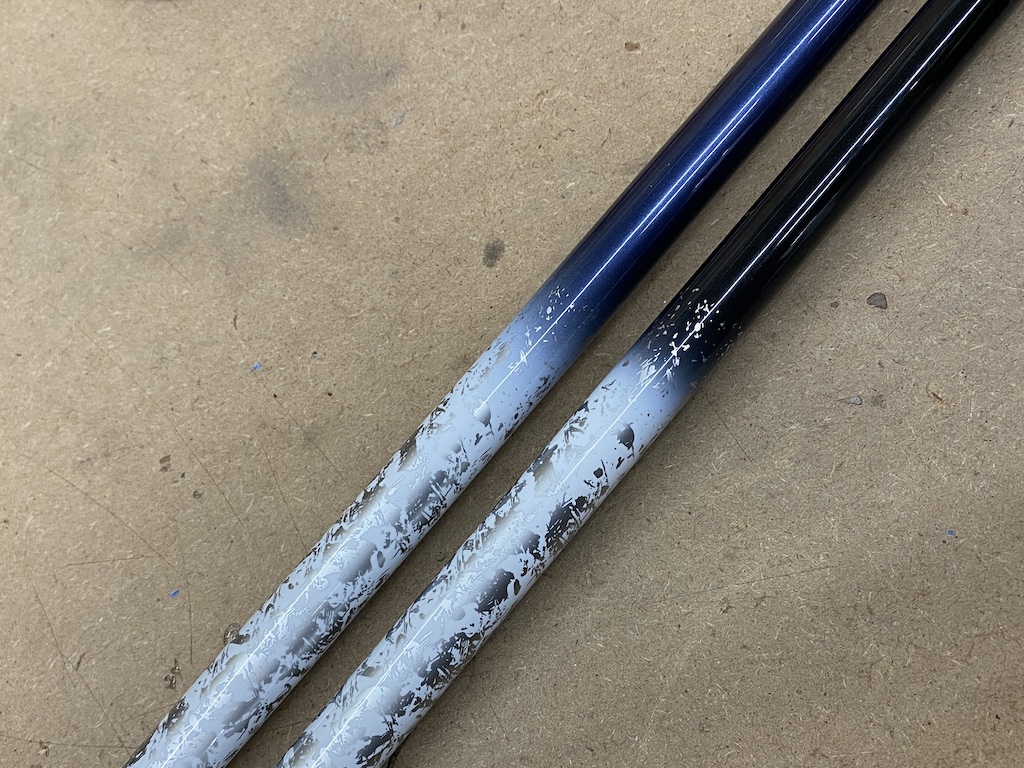
Project X Denali Black
When you hold the Denali Black in your hands you can tell it is a more stout shaft compared to its Blue sibling by just trying to bend it. While the handle feels close to the Blue in terms of stiffness, you can tell the tip is much stiffer when you swing it.
Denali Black definitely takes a little more power to load it but the shaft is still smooth and doesn’t give you any harsh vibrations. Where the Blue kicks hard at impact, the Black holds on a little and feels like keeps you in control even on swings that you try and put a little extra effort into. The stiff tip section also makes it a little harder to square up at impact and for some players could take away a little of the draw from their shot.
Launch is lower and more penetrating compared to the Blue and produces a boring, flat trajectory. Shots into the wind don’t rise or spin up, proving that the spin stays down. Like its mid-launch sibling, the Black is very stable and mishits and keeps the ball on a straighter line. Shots low off the face don’t get very high up in the air, but the low spin properties get the ball out there farther than you would expect. For being such a stout shaft, the feel is very good, and the Denali Black does keep harsh vibrations from your hands.
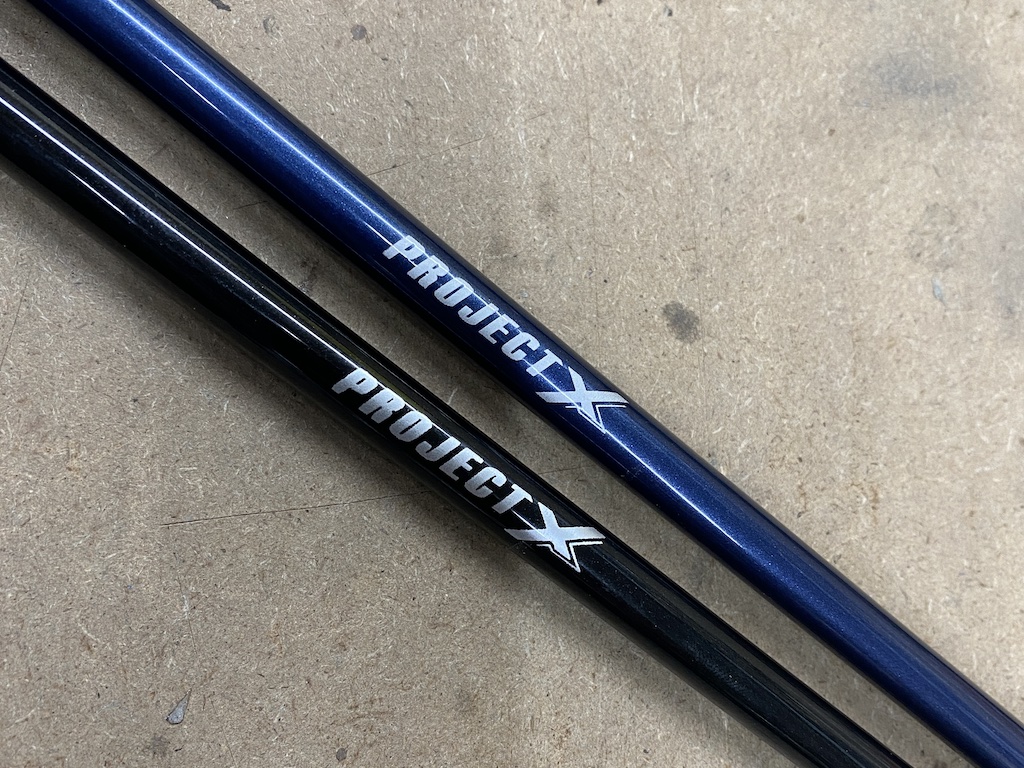
Overall the Project X Denali Blue and Black are great additions to the line of popular wood shafts. If you are looking for good feel and solid performance the Denali line is worth trying out with your swing. Choose Blue for mid-launch and mid-spin or Black for lower launch and low spin.
- LIKE3
- LEGIT3
- WOW2
- LOL0
- IDHT0
- FLOP0
- OB0
- SHANK0
Equipment
What we know about Bryson DeChambeau’s 3D-printed Avoda irons
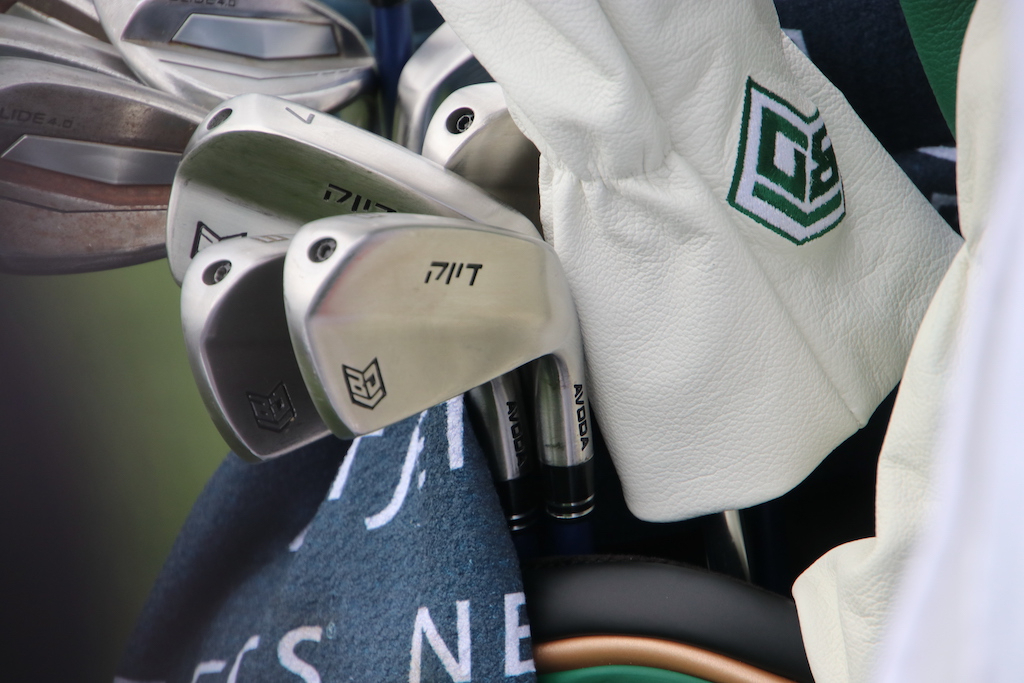
Bryson DeChambeau fired an opening-round 7-under 65 at Augusta National, hitting an impressive 15 of 18 greens in regulation in the process. Golf’s mad scientist’s play grabbed headlines and so too did his equipment. In place of the Ping i230 irons he had in the bag last week for LIV Golf’s Miami event, DeChambeau is gaming a prototype 5-PW set of irons from little-known direct-to-consumer manufacturer Avoda.
What is Avoda Golf?
Founded by Tom Bailey, also a Mike Schy student like Bryson DeChambeau, Avoda Golf is a direct-to-consumer golf equipment company that currently manufactures both single and variable-length irons in one model that are available for pre-order.
What irons is Bryson DeChambeau playing?
Per multiple reports, DeChambeau is playing a custom-designed set of single-length irons that incorporate bulge and roll into the face design. The two-piece 3D-printed irons were reportedly only approved for play by the USGA this week, according to Golfweek’s Adam Schupak.
Regarding the irons, DeChambeau told Golf Channel the irons’ performance on mishits was the determining factor in putting them in play this week. “When I mishit on the toe or the heel,” DeChambeau said. “It seems to fly a lot straighter for me and that’s what has allowed me to be more comfortable over the ball.”
What can we tell about the design of the clubs?
These days, it is a little hard to speculate on what is under the hood with so many hollow body irons. DeChambeau’s irons look to be hollow on the lower section as they do flare back a decent amount. That “muscle” on the back also looks to be fairly low on the iron head, but we can assume that is progressive through the set, moving up higher in the short irons.
A screw out on the toe is probably used to seal up the hollow cavity and used as a weight to dial in the swing weight of the club. From pictures, it is hard to tell but the sole looks to have a little curve from heel to toe while also having some sharper angles on them. A more boxy and sharper toe section looks to be the design that suits Bryson’s eye based on the irons he has gravitated toward recently.
What are bulge and roll, again?
Two types of curvature in a club face, traditionally incorporated only in wood design. Bulge is heel-toe curvature. Roll is crown-sole curvature. Both design elements are designed to mitigate gear effect on off-center strikes and produce shots that finish closer to the intended target line. (GolfTec has an excellent overview of bulge and roll with some handy GIFs for the visual learner)
What else is in DeChambeau’s bag?
Accompanying his traditional Sik putter, Bryson builds his set with a Ping Glide 4.0 wedges, a Krank Formula Fire driver and 5-wood, and a TaylorMade BRNR Mini Driver, all with LA Golf graphite shafts.
- LIKE112
- LEGIT38
- WOW28
- LOL15
- IDHT8
- FLOP9
- OB10
- SHANK21
-

 19th Hole4 days ago
19th Hole4 days agoDave Portnoy places monstrous outright bet for the 2024 Masters
-

 19th Hole3 weeks ago
19th Hole3 weeks agoJohn Daly stuns fans into silence with brutal opening tee shot on PGA Tour Champions
-

 19th Hole2 weeks ago
19th Hole2 weeks agoThings got heated at the Houston Open between Tony Finau and Alejandro Tosti. Here’s why
-

 19th Hole5 days ago
19th Hole5 days agoTiger Woods arrives at 2024 Masters equipped with a putter that may surprise you
-

 19th Hole1 week ago
19th Hole1 week agoReport: Tiger Woods has ‘eliminated sex’ in preparation for the 2024 Masters
-

 19th Hole3 weeks ago
19th Hole3 weeks agoCharlie Woods finds it tough going on American Junior Golf Association debut
-

 19th Hole2 weeks ago
19th Hole2 weeks agoAddiction, spinal fusion, and scam artists – Everything Anthony Kim revealed in candid interview with David Feherty
-

 19th Hole1 week ago
19th Hole1 week agoAnthony Kim says doctors told him that he ‘may not have much time left’ ahead of LIV return



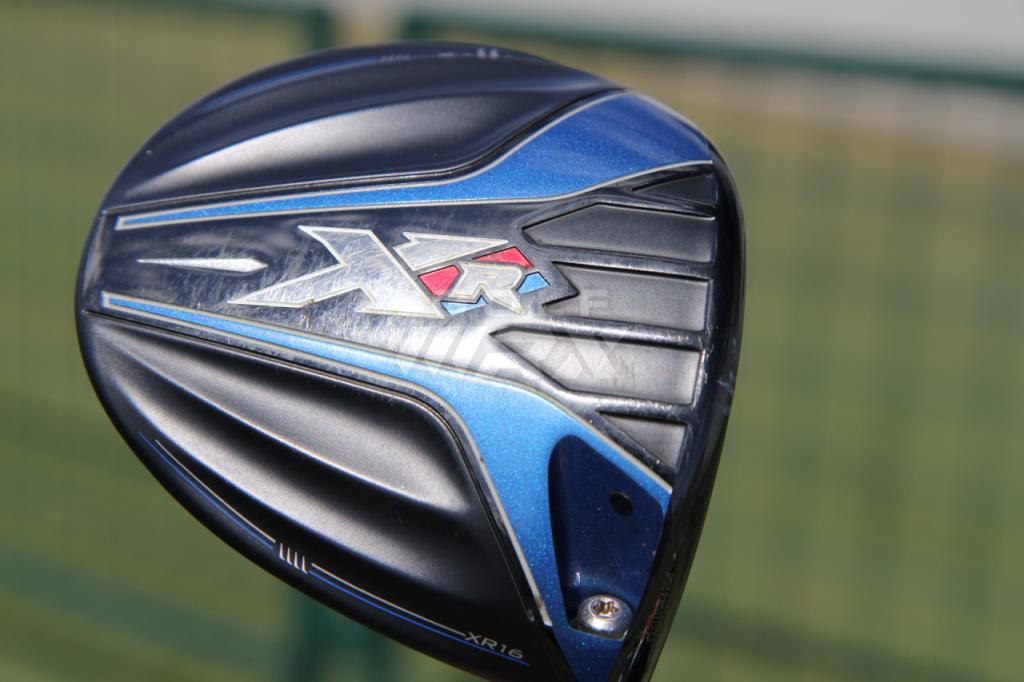
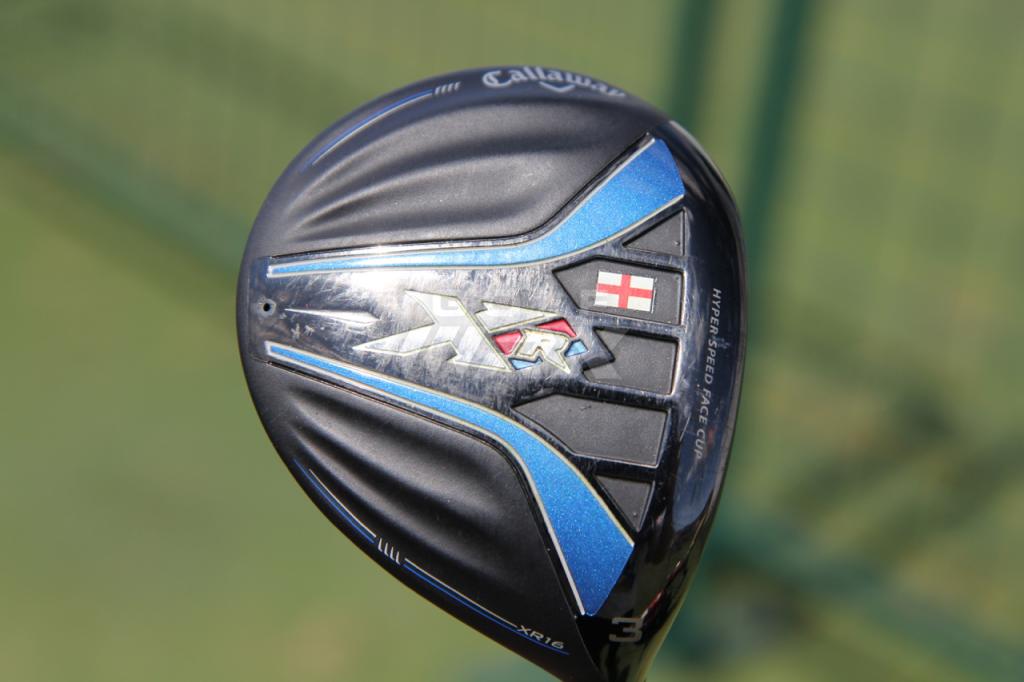

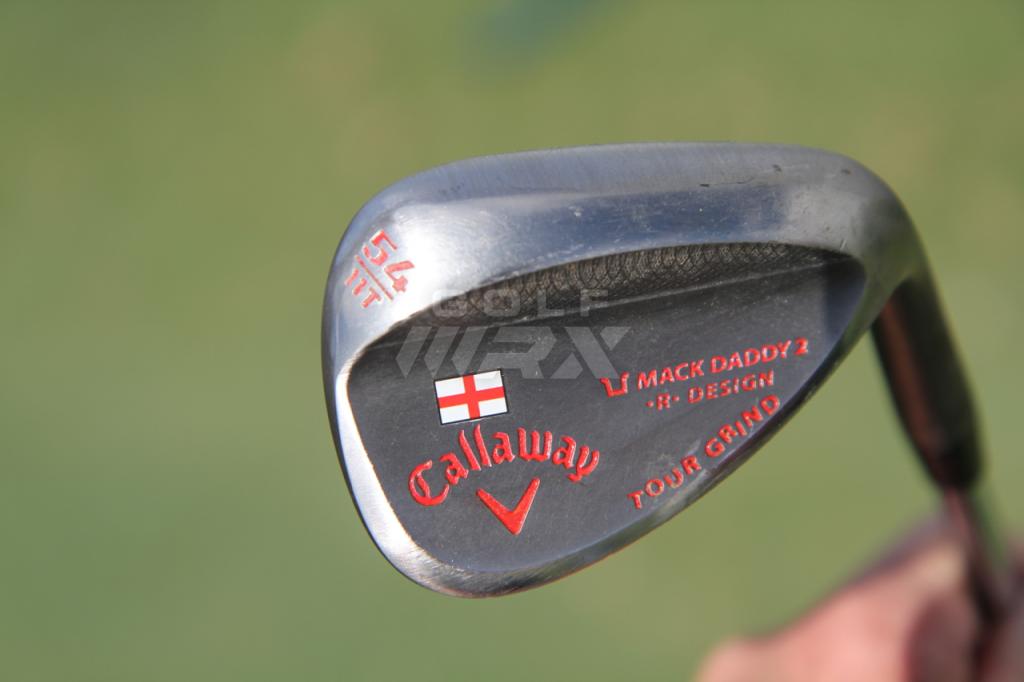
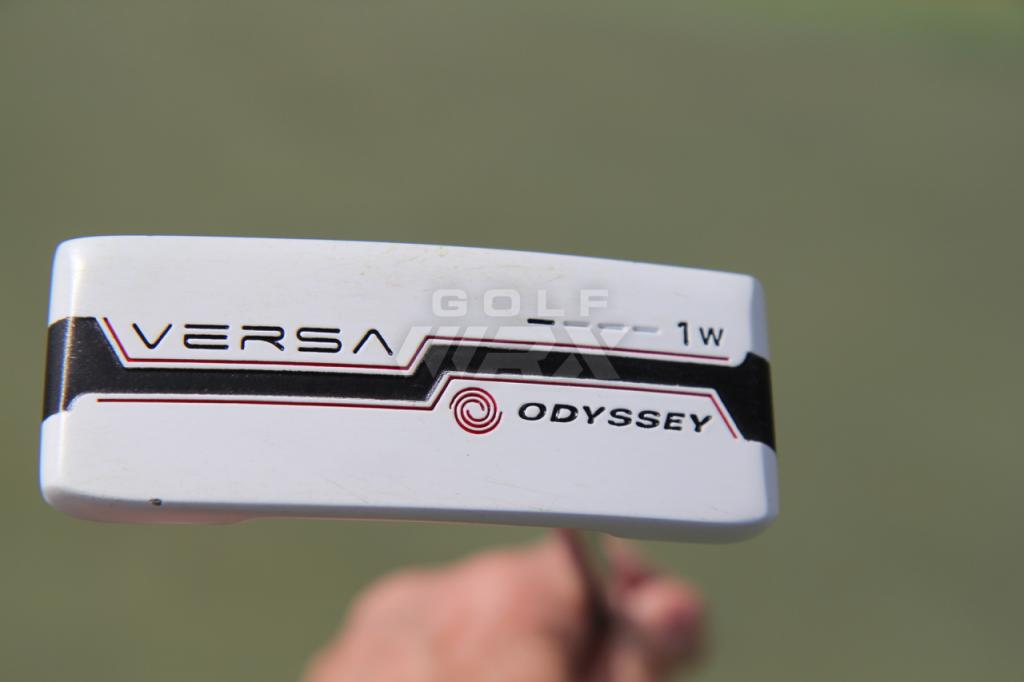














Maurice Yuen
Nov 4, 2012 at 8:26 pm
Dear Sir,
What is the difference between TFC 330D & 169D?
Thanks.